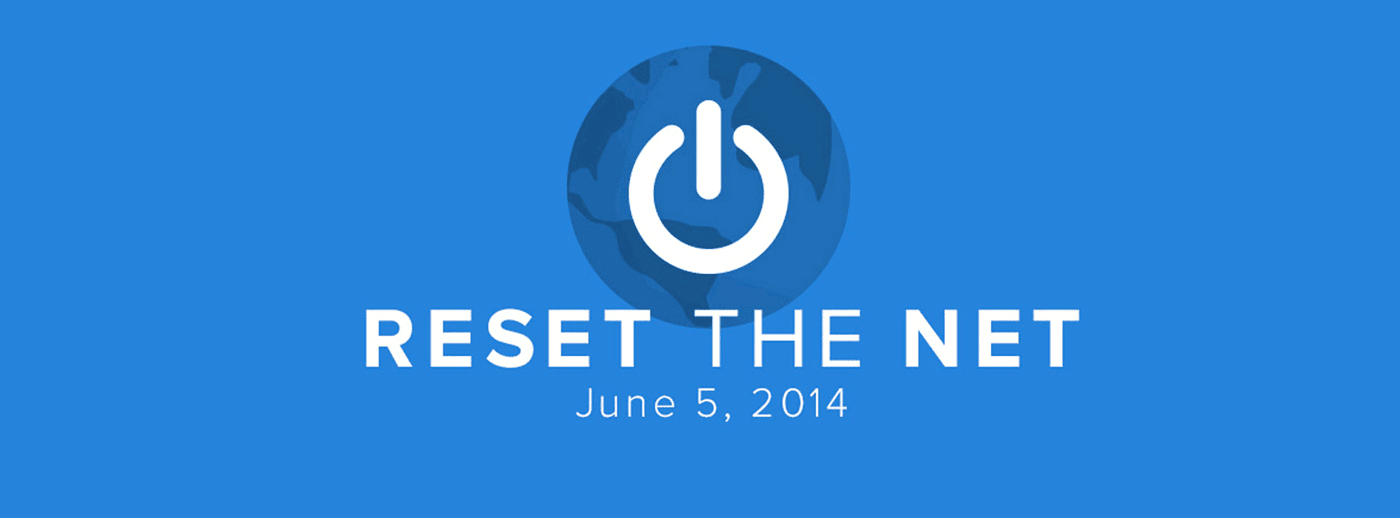The real reason why net neutrality matters
A lot of people think the core of net neutrality is site speed: the amount of time information is served to users. They’re partially right, but there’s a fundamental flaw in keeping the explanation to just those confines.
The Internet at its core is a bunch of servers (computers up 24/7) that receive HTTP requests from clients: your web browser or mine.
The whole point of the Internet is that it abstracts away physical location so that you can consume data created elsewhere: data in the form of textual input/images/ and technical assets such as CSS/Javascript files (NYT’s digital website) or video (Netflix) or in the case of things like Kimono which creates what is known as an Application Programming Interface out of static websites, a structured auto-updated data feed that can be interpreted by your server so you can, for example, scrape data from Yahoo Finance and create your own auto-updating personal dashboard of leading stock picks.
Now the reason why the net neutrality debate has focused on bandwidth and speed of transfer rather than the fundamentals of the Internet are because most people approach it from a user point of view rather than a server/builder point of view, as there are vastly more Internet users than builders so we focus on the paid connections clients have to use to access servers.
The crux of the debate isn’t that your Netflix is slower than it should be or that the “tubes” carrying data are filled up and so you will get shittier Internets.
The real core of the debate is that from the builder side, if one were to discriminate based on content type or volume, services like blogs, peer-to-peer cryptocurrency, and more would be threatened because as soon as they show business viability, a monopoly in another industry can arbitrarily decide to toll them either to discourage that growth or to profit from it as much as possible.
This kills innovation. We saw it with the destruction of Google Wallet and the degradation of bittorrent. We will see it when the next Netflix or Spotify fails to ever start because the cost of paying monopoly fees at an early stage will crush any hopes of late-stage returns.
The real argument around net neutrality is whether you trust a monopoly of telecom companies, users, or the government to determine what services the Internet should provide.
I obviously prefer users, but given that the power of the government is being balanced with corporate power, I lean towards the former not because I love governmental intervention but because it is the lesser of two evils. The US government barring its recent spate of backdoor hacking has done a reasonably good job with, for example, giving more power to ICANN (the organization responsible for managing the domain name system) so that innovation is spurred by non-government sources.
Meanwhile, new technologies have constantly been attacked by ISPs.
https://www.techdirt.com/articles/20…-problem.shtml
“Even in the U.S., there have been some major violations by small and large ISPs. These include:
The largest ISP, Comcast, secretly interfering with peer-to-peer technologies, including some of the most popular basic technologies used to distribute online TV and music (2005-2008);
A small telephone ISP called Madison River blocking Vonage, a company providing competing telephone service online (2005);
Apple blocking Skype on the iPhone, subject to a secret contract with AT&T, a company that competes with Skype in providing telephone service (2008-2009);
Verizon, AT&T, and T-Mobile blocking the functionality of Google Wallet on Nexus devices, while all three of those ISPs are part of a competing mobile payments joint venture called Isis (late 2011- +today);
and Comcast’s disputes with Level 3 and Netflix over termination fees, and the appearance that Comcast is deliberately congesting its network connections to force Netflix to pay Comcast for an acceptable connection (2010- +today).
In other countries, including democracies, there are numerous violations. In Canada, rather than seeking a judicial injunction, a telephone ISP used its control of the wires to block the website of a union member during a strike against that very company in July 2005. In the Netherlands, in 2011, the dominant ISP expressed interest in blocking against U.S.-based Whatsapp and Skype.”
I don’t want to live in a world where monopolistic ISPs determine what innovations thrive and which ones die.
IN SUMMARY
The fundamental problem in net neutrality isn’t how fast services can be rendered to clients, it’s that if ISPs have their way, those services users want will never get the chance to prove themselves and survive.
Photo credit: https://www.flickr.com/photos/36540382@N08/3419555567/








